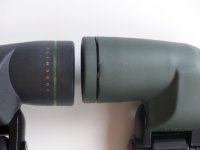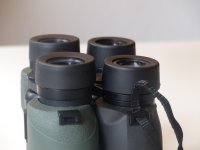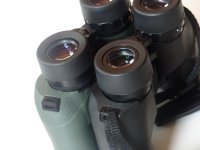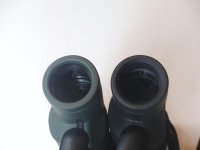
I just received my Cypress 7x30. It's eventually going to be a gift to one of my grandchildren. But I ordered it early as I want to compare it with my Yosemite 6x30 (one of the original types).
Two remarks at this point. The bridge mechanism seems to be at least as sturdy as on my Yosemite. The greenish plastic/rubber covering of the body looks rather cheap.I will post photos at a later date. But it's the inside that counts, and that seems to be in decent condition on first examination.
I should add that in the end I paid almost twice of what it would have cost me if I lived in the US. And that is despite a rather economical postage charged by B&H. But to that came $ 27.50 for import duty and taxes here in Switzerland.
Two remarks at this point. The bridge mechanism seems to be at least as sturdy as on my Yosemite. The greenish plastic/rubber covering of the body looks rather cheap.I will post photos at a later date. But it's the inside that counts, and that seems to be in decent condition on first examination.
I should add that in the end I paid almost twice of what it would have cost me if I lived in the US. And that is despite a rather economical postage charged by B&H. But to that came $ 27.50 for import duty and taxes here in Switzerland.







